Reference set for Prader-Willi, Angelman syndromes debuts
Researchers have developed standard genetic reference samples that clinicians can use to diagnose Angelman and Prader-Willi syndromes, two disorders associated with the same chromosomal region.
- Complex culprit: Mutations in the same genetic region can lead to Prader-Willi syndrome, Angelman syndrome or autism.
Researchers have developed standard genetic reference samples that clinicians can use to diagnose Angelman and Prader-Willi syndromes, two disorders associated with the same chromosomal region, according to a study published 19 August in the European Journal of Human Genetics1.
Prader-Willi syndrome leads to severe obesity and intellectual disability, whereas Angelman syndrome resembles autism and includes deficits in language and seizures. Both disorders are caused by deletions in the 15q11.13 chromosomal region, the duplication of which is linked to autism.
The genes associated with Prader-Willi syndrome are only expressed from the paternally derived copy of the region, whereas UBE3A, the gene associated with Angelman syndrome, is only expressed from the maternally inherited chromosome.
Several genetic mechanisms can lead to the syndromes, including deletions in this chromosomal region, carrying both alleles on a single silenced chromosome, altered imprinting that silences both copies, or point mutations in candidate genes. Because of this complexity, genetic testing for either disorder can be difficult.
To address this issue, a committee from the World Heath Organization has developed standard reference samples for both disorders.
The Prader-Willi samples are from two individuals with different 15q11.13 paternal deletions and an individual with both copies of the genetic region on the maternal chromosome. The Angelman syndrome samples are from one individual with a 15q11.13 maternal deletion, one with a maternal UBE3A point mutation and one with two copies of the region on the paternal chromosome.
Researchers from 37 laboratories in 26 countries confirmed the reference samples using routine diagnostic practices. The samples are available for purchase online.
References:
1: Boyle J. et al. Eur. J. Hum. Genet. 19, 857-864 (2011) PubMed
Recommended reading
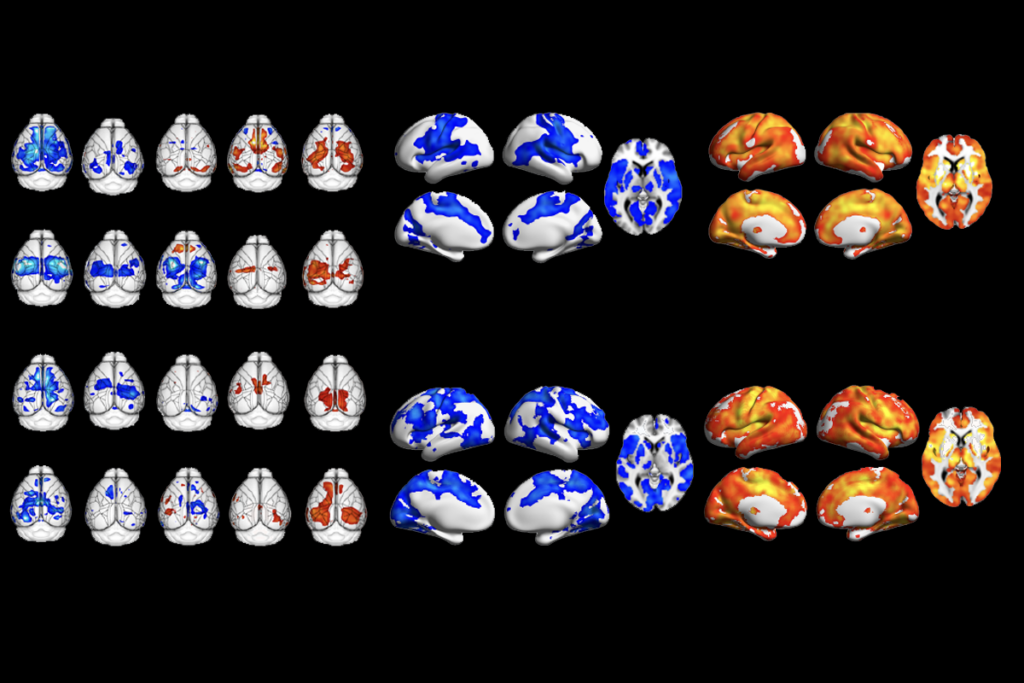
Too much or too little brain synchrony may underlie autism subtypes
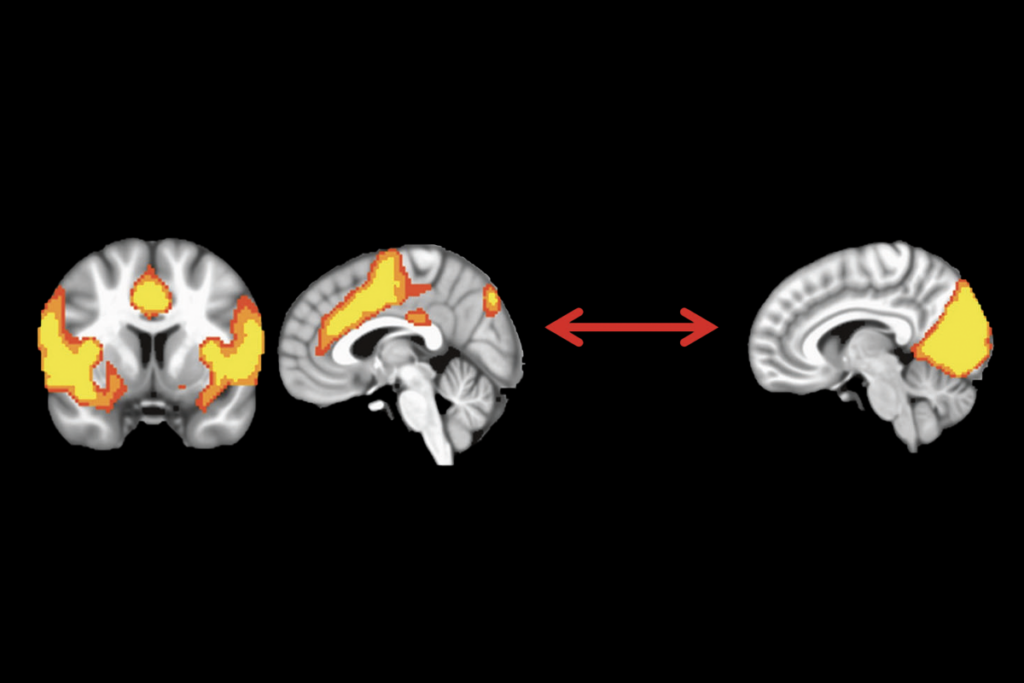
Developmental delay patterns differ with diagnosis; and more
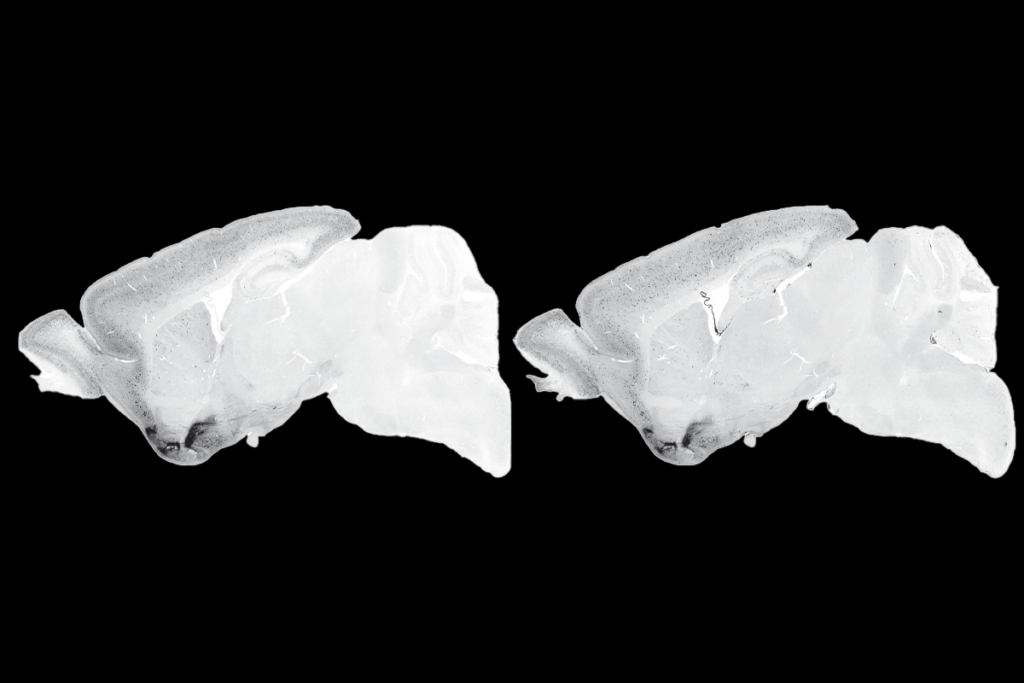
Split gene therapy delivers promise in mice modeling Dravet syndrome
Explore more from The Transmitter
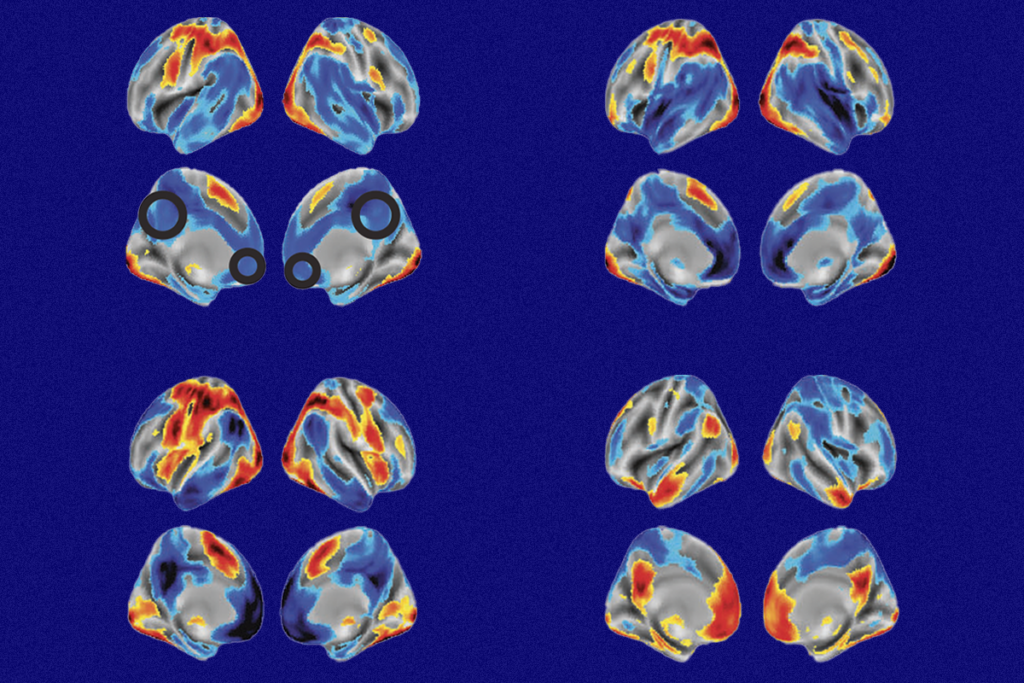
During decision-making, brain shows multiple distinct subtypes of activity
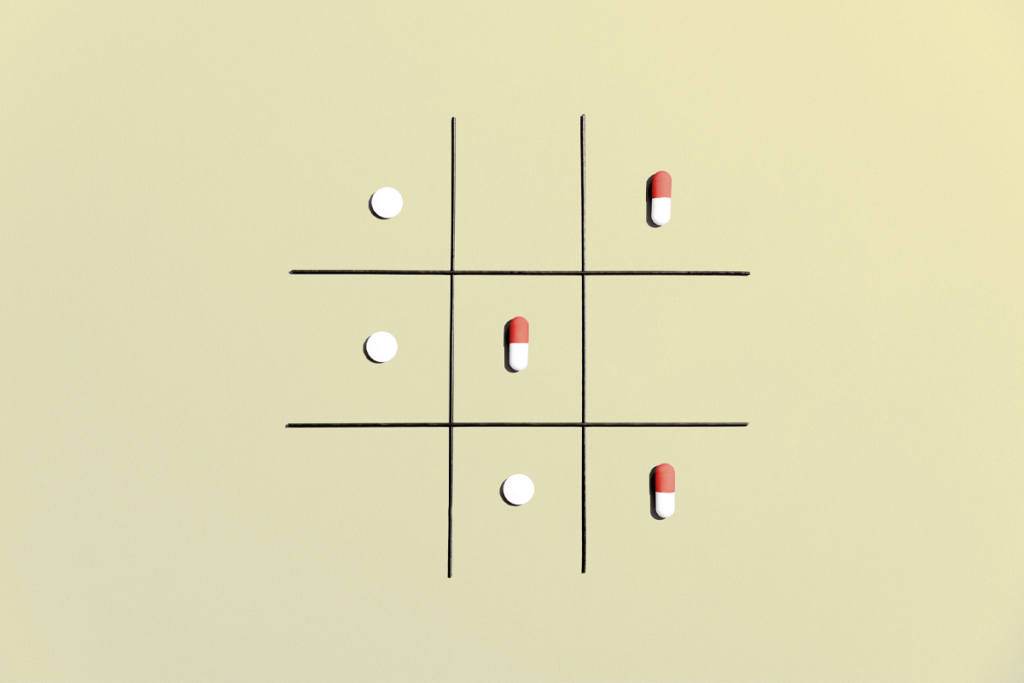
Basic pain research ‘is not working’: Q&A with Steven Prescott and Stéphanie Ratté
